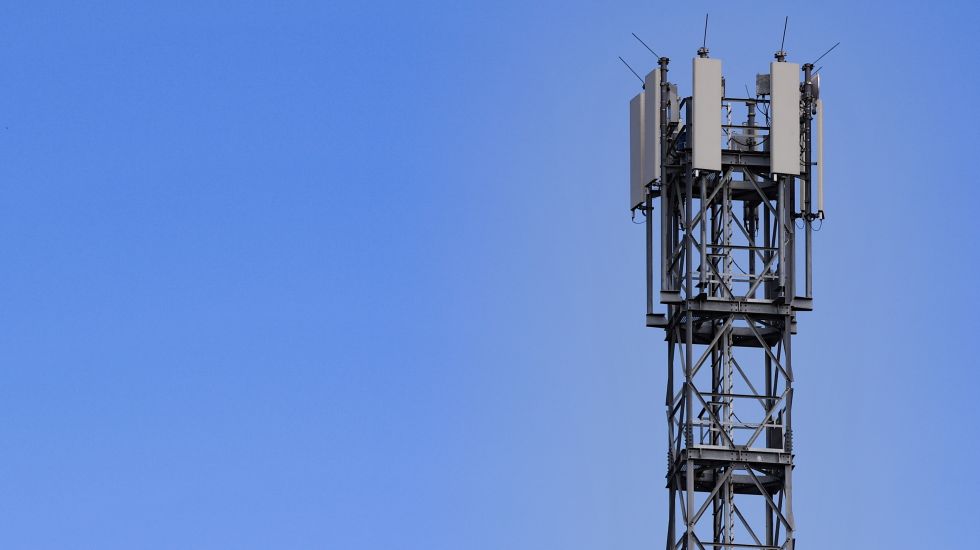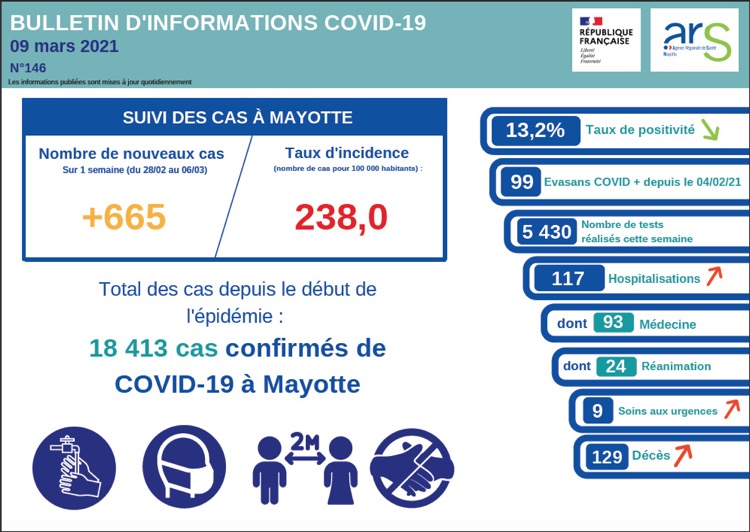Japanese radios were targeted when some members of Congress showed up on July 1, 1987 on Capitol Hill in Washington, D.C. Iron sledgehammers held the politicians in their hands and hit a new RT-6016, a fancy Toshiba cassette recorder. They dumped the remains of the broken electronics into a provided metal garbage can.
What was the reason for the demonstration of destruction on Toshiba? In the middle of the Cold War, many US politicians wanted to impose a comprehensive import ban on the Japanese technology company. Toshiba had sold technical components to the class enemy, the Soviet Union, from 1981, including special propellers that made the submarines of the USSR run more quietly and thus made them more difficult to detect for the Americans. The Norwegian company Kongsberg was also involved in the so-called Toshiba-Kongsberg case.
The geopolitical tensions between the allies were so severe that Japan’s then Prime Minister Yasuhiro Nakasone publicly accused Toshiba of treason and hastily promised better export controls. Toshiba’s CEO Sugiichiro Watari and other executives had to resign. The image of one of the world’s leading memory chip manufacturers and laptop providers at the time suffered, especially in the West.
“New Cold War”
skeptical for a long time / dpa
Photos from those days show that David Keene was among the radio destroyers on Capitol Hill. He was then chairman of the American Conservative Union, a US political lobby organization. He later became president of the National Rifle Association (NRA). Today Keene no longer wields a hammer, but the spring. As a regular columnist for the Washington Times, a conservative alternative to the Washington Post, Keene recently warned of the “new Cold War” with China and its threatened dominance as a military and economic superpower. He remained true to his subject: the fear of the class enemy.
History does not repeat itself. But around 40 years later, the US has a new bitter system opponent in China. And again they take action against technology companies and put pressure on their allies. The action is tougher than a sledgehammer. You will meet Chinese companies such as ZTE and especially Huawei, the world’s leading supplier of components and patents for the future new mobile communications standard 5G trickier than ever.
Right in the middle is Germany and with it the countries of the European Union, which have not yet acted uniformly – caught between their strategic NATO ally, the USA, and their indispensable economic partner, China. Today it is no longer about the dangers of quieter submarines. It is about possible invisible data outflows, about digital technology, the availability of which is essential for survival, but which could also be threatened by being too dependent on China. It’s about fear of espionage and sabotage – and nothing less than the dominance of the Western economy and the future of the Western model of society.
Trump’s sanctions
At least superficially, Huawei does not want to show any signs of this increasingly fierce political struggle and the resulting difficulties. And yet: When the Huawei founder and acting CEO, Ren Zhengfei, allowed an official press conference for the first time in a year at the beginning of February, it was hard to overhear how hard the company must have been hit by the far-reaching US sanctions and – Restrictions that Donald Trump had issued by Executive Order in 2019 and that continue to this day. Ren answered questions from international journalists as part of the opening of a mine innovation center in the Chinese city of Taiyuan.
— .


